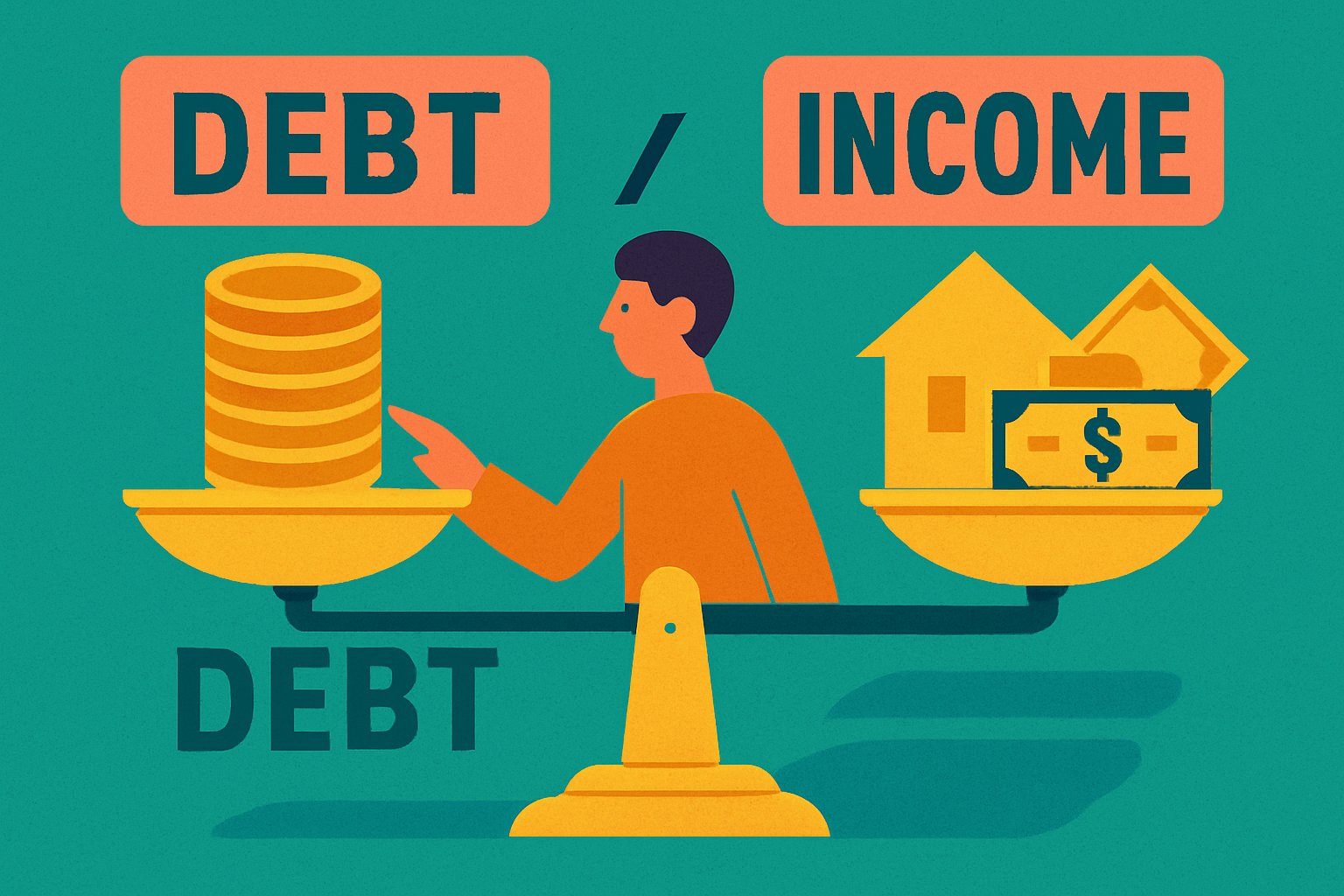Charting Your Funding Ambitions
Embarking on a debt crowdfunding journey begins with a singular question: how much capital do you truly need? Your funding goal is more than a number—it’s the anchor that shapes your entire campaign narrative. Borrowers who set ambiguous or overly ambitious targets risk falling short of their objectives or alienating potential lenders. Conversely, underestimating your needs leaves you scrambling for additional funds midstream. By approaching goal-setting with intentionality and precision, you set the stage for a compelling campaign that resonates with investors and positions you for success from day one.
Dissecting Your Borrowing Needs
Before you type a single digit into the funding goal field, conduct a thorough audit of your financial requirements. Whether you’re consolidating high-interest debts, covering a large equipment purchase, or injecting fresh working capital into a growing business, clarity is paramount. Begin by itemizing every expense related to your project: outstanding loan balances, professional fees, operational costs, and any related taxes or insurance premiums. By dissecting each component, you eliminate guesswork and ensure that your funding target reflects tangible, justifiable needs. A detailed breakdown not only prevents mid-campaign scrambling but also builds credibility, as lenders appreciate borrowers who can clearly articulate where funds will be allocated.
Balancing Ambition with Prudence
The allure of debt crowdfunding lies in its potential to tap into a vast network of micro-lenders eager to back worthy causes. Yet, unchecked ambition can undermine your campaign. Requesting a massive sum without demonstrable justification may raise red flags: lenders might question your capacity to manage that level of debt or doubt the feasibility of your plan. Striking the right balance means aligning your aspirations with realistic repayment capabilities. Reflect on your historical cash flow, current debt obligations, and projected revenue streams. If your cash flow projections can comfortably support a monthly payment on a $50,000 loan, resist the temptation to inflate your ask to $100,000 “just to be safe.” Prudence in goal-setting signals to lenders that you value sustainability over spectacle, which often translates into greater trust and higher approval odds.
Crunching the Numbers: Calculating Costs and Contingencies
Once you’ve identified the core expenses tied to your objective, it’s time to account for hidden variables and contingencies. No project unfolds exactly as planned—unexpected costs can emerge, from fluctuating interest rates to sudden shifts in material prices. To mitigate risk, incorporate a contingency buffer of at least 10 to 15 percent of your total expenses. If your equipment purchase costs $20,000, for example, adding a $3,000 buffer can safeguard you against price hikes or expedited shipping fees. Additionally, don’t forget platform fees typically charged by debt crowdfunding sites: origination fees often range between 1 and 5 percent of the funded amount, while processing fees may add another 1 percent. By meticulously calculating these costs, you arrive at a funding target that truly reflects both your envisioned project and the realities of borrowing.
Understanding Platform Fees and Safe Buffers
Debt crowdfunding platforms serve as intermediaries, connecting borrowers with individual or institutional lenders, but their services come at a cost. Origination fees, servicing fees, and payment processing charges all chip away at the total capital you receive. Some platforms deduct fees upfront; others require repayment over the loan’s life. Before finalizing your goal, review the fee structure of your chosen platform in detail. If you anticipate borrowing $25,000 with a combined fee of 5 percent, you actually receive only $23,750. Incorporate this discrepancy into your target to avoid unpleasant surprises post-funding. Additionally, create a modest buffer—often referred to as a “rainy day fund”—to absorb unforeseen circumstances. A well-calculated buffer demonstrates to lenders that you have planned for bumps in the road, reinforcing confidence in your project’s feasibility.
Aligning Campaign Goals with Market Realities
Your funding goal doesn’t exist in isolation; it must reflect both your needs and the broader marketplace dynamics. Investigate comparable campaigns on your chosen platform: what amounts did similar borrowers request? How quickly did they reach their targets? Which types of projects resonated most with lenders? By gathering these insights, you contextualize your ask within existing market appetite. If campaigns in your industry typically raise between $15,000 and $30,000, aiming for $100,000 without a compelling differentiator might be a stretch. Tailor your goal to fit the appetite of your target lender community, illustrating that you’re attuned to market realities. A goal that aligns with proven demand not only seems more attainable but also sparks momentum as lenders see peers rally around similar campaigns.
Framing Your Goals as Milestones
Breaking your funding objective into smaller milestones can make your campaign feel more tangible and achievable. Instead of a single monolithic goal, consider defining tiered benchmarks: a first milestone of $10,000 to secure essential equipment, a second milestone of $20,000 to cover operating costs, and a final milestone of $30,000 to launch a marketing initiative. As lenders pledge funds, publicly celebrate each milestone’s attainment and explain how those funds will immediately be deployed. This approach serves two purposes: it builds continuous excitement throughout your campaign and reassures backers that their contributions directly advance actionable steps. Thoughtful milestone framing transforms a static number into a dynamic roadmap, enabling supporters to connect emotionally with the incremental progress you achieve.
Communicating Transparency to Lenders
Lenders gravitate toward borrowers who are transparent about their goals, risks, and repayment strategies. While a polished narrative is essential, transparency requires more than eloquent language—it demands open access to supporting documentation and candid explanations of potential challenges. When you present your funding goal, accompany it with detailed breakdowns and realistic timelines. Explain how borrowed funds will be allocated month by month, what revenue you expect they’ll generate, and how you’ll handle any shortfalls. By demonstrating both vision and vulnerability, you cultivate a deeper sense of trust. Lenders who perceive you as forthright and thorough are more likely to feel comfortable committing their capital, knowing that they’re backing a borrower who values accountability as much as ambition.
Refining and Revising Your Funding Blueprint
Even the most meticulously crafted funding goals benefit from regular review and refinement. As you progress through pre-launch preparations, new information may surface: supplier quotes might shift, operating expenses could change, or your projected revenue might be more conservative than originally anticipated. Embrace this new data as an opportunity to recalibrate. Leverage scenario analyses—best case, moderate case, and worst case—to stress-test your assumptions. If your worst-case scenario still allows for on-time repayments, your goal is sturdier than you may think. Conversely, if certain assumptions falter under closer scrutiny, adjust your target or timeline accordingly. A flexible, data-driven approach ensures that your campaign remains grounded in reality rather than bogged down by outdated projections.
Stepping into Launch with Confidence
By the time you’ve polished your financial breakdowns, tested your assumptions, and integrated feedback, you stand at the threshold of your debt crowdfunding launch with genuine confidence. Your funding goal now represents a carefully calibrated ask—one that balances your ambitions with practical constraints, transparent strategies, and market insights. As you click “Publish” on your campaign, remember that your most valuable asset is the credibility you’ve built through diligence and transparency. Lenders recognize when a borrower has done their homework; they appreciate the clarity of purpose and the foresight embedded in a well-structured ask. Armed with a realistic, fully vetted funding goal, you’re poised not just to meet your target but to spark enthusiasm, attract backers, and lay the groundwork for long-term financial success.
Setting realistic funding goals transforms a nebulous hope into a concrete action plan. By dissecting your borrowing needs, calculating costs, understanding platform fees, aligning with market realities, and communicating transparently, you convert what could be a daunting ask into a disciplined, data-driven campaign. As you embrace each step of this guide—refining your blueprint, celebrating milestones, and stepping forward with confidence—you open the door to a debt crowdfunding experience defined by trust, momentum, and shared purpose. The result is more than a funded project; it’s the beginning of a partnership with lenders who believe in your vision and your ability to deliver.




